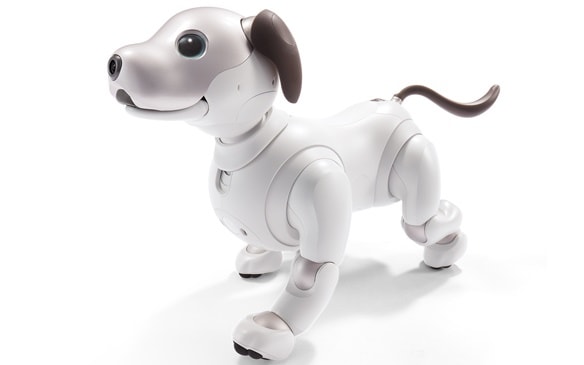By Rieva Lesonsky
This year’s CES show was huge—and record-setting. According to CTA, the parent company of CES, this year’s Consumer Electronics Show boasted:
- More than 3,900 exhibitors
- More than 2.75 million net square feet of exhibit space across Las Vegas, making it the largest show floor in CES’ 51-year history
- 860,732 tweets about CES 2018
- More than 900 startups participated in Eureka Park, the CES home for startups
Plus, there were about 800 exhibitors in the debut of the Design and Sourcing Marketplace.
As usual, a lot of innovative products were unveiled and ideas discussed at CES. You can check the Global Biz Circle for some of what you missed. But there was a lot more. Since I couldn’t be everywhere, here’s a curated perspective of highlights from CES 2018.
Voice Assistants
Voice assistants were everywhere, from the usual companies, as well as new players. Many will be incorporated into different products, from TVs to cars to household appliances. For example, Samsung plans to feature its version, Bixby, in its line of televisions. And, as CNET reported, Bixby will become a part of other Samsung devices, such as its washing machines. CNET notes, “CES 2018 seemed to mark the beginning of the end of ‘dumb’ household products, with everything from light switches to faucets to mirrors and (yes, really) toilets getting some sort of AI upgrade.”
Televisions
Of course, there was the usual battle of the gigantic TVs. According to CNET, LG unveiled a rollable OLED, a 65-inch 4K TV, that “rolls up like a poster,” while Samsung showed off “The Wall,” a 146-inch display, that is supposed to start shipping by the end of the year.
Robots
What would CES be without robots? CNET reports this year’s crop were “more about being cute than threatening or terribly useful.” CNET’s favorite robot was Sony’s next-gen Aibo, (pictured above) a robot dog already on sale in Japan.
Health Tech
Health tech is more than Fitbits these days. CNET reports on a range of products from “L’Oreal UV Sense, a fingernail-sized sensor that measures sun exposure, to Nima, a handheld sensor that scans for unwanted peanuts,” for people with allergies. There was also “the first FDA-cleared watch that tests your blood pressure.”
Another product that gathered buzz at CES was the Hip’Air, an airbag of sorts that protects seniors who fall, from hurting their hips.
One health tech category that’s taking off is sleep-aids. With consumers increasingly concerned they’re not getting enough sleep, companies, big and small, introduced products ranging from sleep masks to robot pillows to a mat that goes under your mattress and tracks your sleep patterns.
AR vs. VR
There was a lot of talk about AR (augmented reality) vs. VR (virtual reality). Both are in demand, according to Accenture’s Annual Digital Consumer Survey, which shows 67% of digital consumers want AR/VR-based learning. But according to Forbes contributor, Daniel Newman, while “VR is still growing,” augmented reality is “likely to explode this year, providing experiences that immerse users while keeping them connected—many of which will be available on mobile, another plus.”
Advertising Age talked to Will Wiseman, chief strategy officer of media agency PHD, who says, “The biggest barrier to the growth of AR and VR has been that the technology environment that the everyday consumer lives in and is native to doesn’t support it.” But, he adds, mobile computing power will be the driver, pointing out, as Douglas Wang, the Director of Global User Design at Alibaba.com, did, the soon-to-come 5G.
Mobile Phones
Of course, there are plenty of innovations centered around mobile phones. Business Insider reports that Vivo has created a smartphone which “uses a fingerprint scanner that works from underneath the display,” eliminating “the need for front bezels, and avoids compromises such as putting the sensor on the back.”
PC Magazine named the Honor View 10 as the “best phone” at CES. The phone, from Huawei, is bringing a “low-cost 6-inch phone with tons of RAM and storage, an AI-enhanced camera, and a flagship-level Kirin 970 processor to the U.S. for less than $500.”
Consumer Drones
Drones were another hot item at CES. But, according to PC Magazine, “The consumer drone market has largely consolidated around one Chinese company DJI,” which makes the Tello, PC Magazine’s pick for “best drone” at CES. PC Mag says, “The Tello isn’t a flashy pro drone. It’s a $99 quadcopter, controlled by your phone or optional Bluetooth gamepad, with a modest 720p video camera. But the price is a big plus, especially when you consider that it’s powered by Intel and DJI tech.”
@AlibabaTalk
Photo courtesy: Sony







